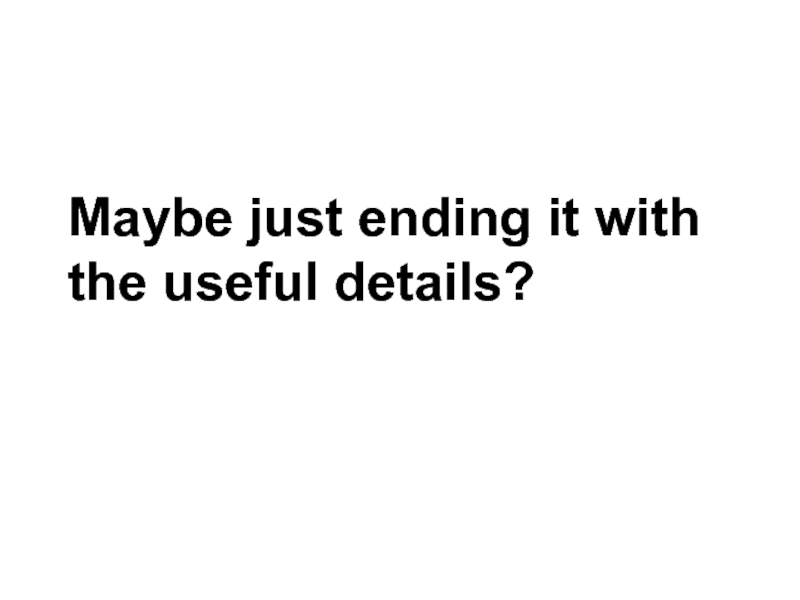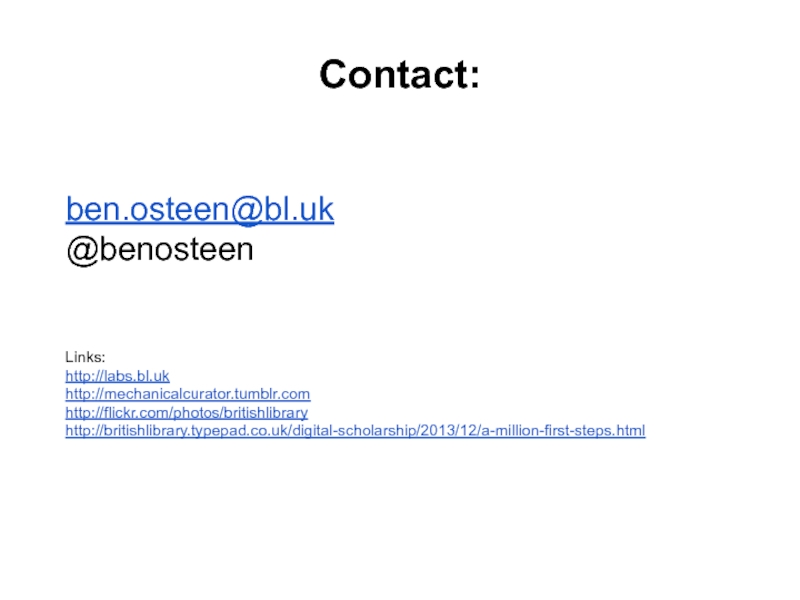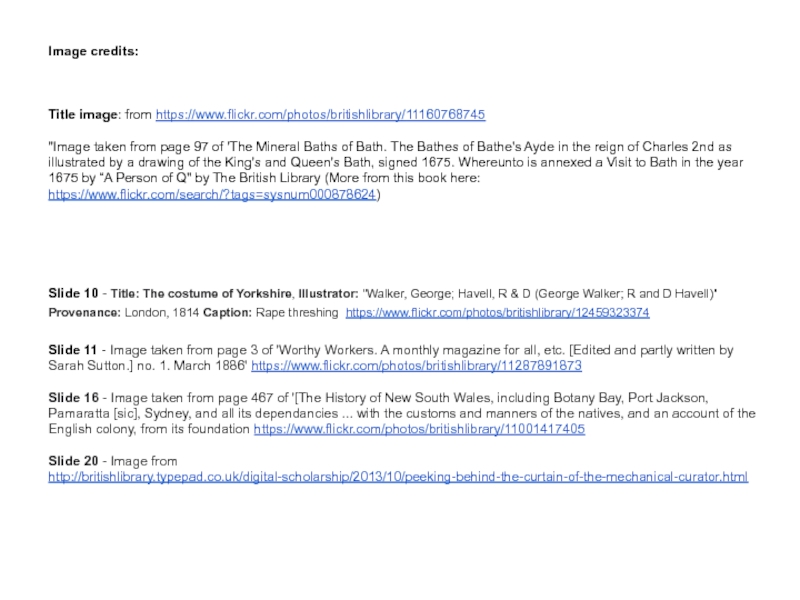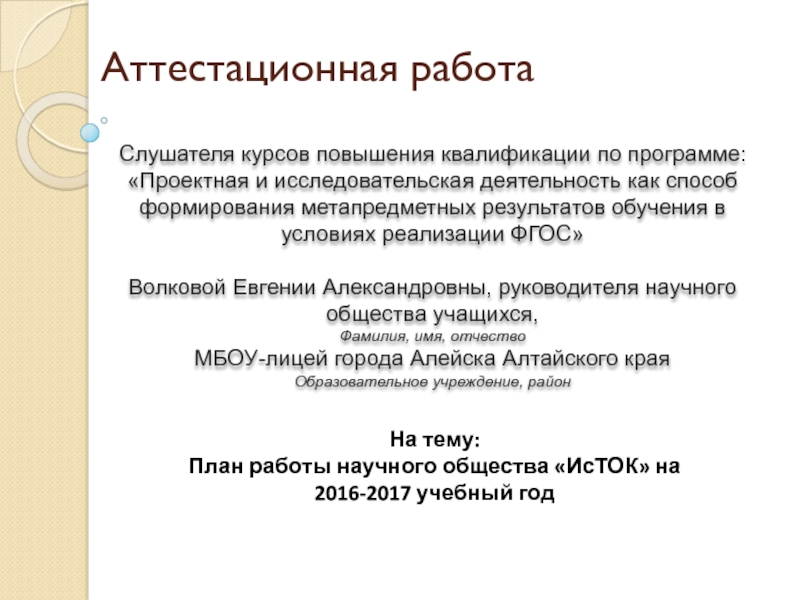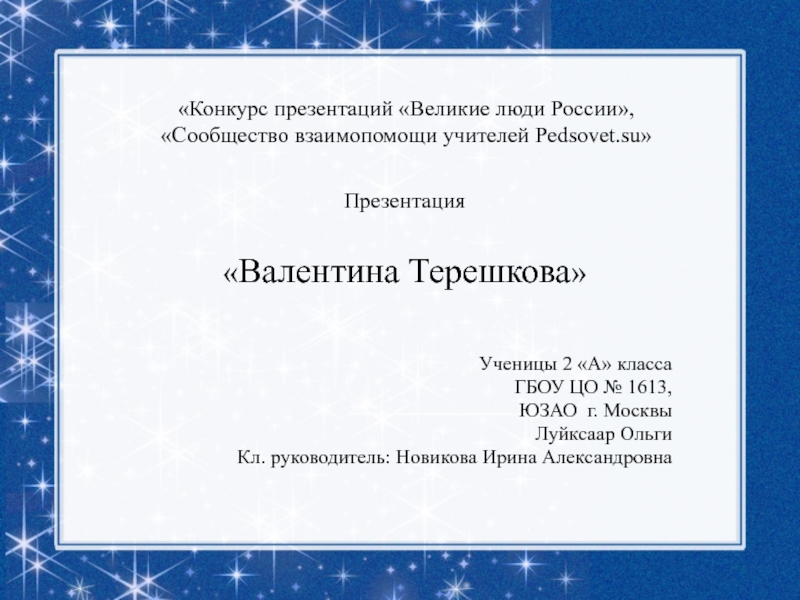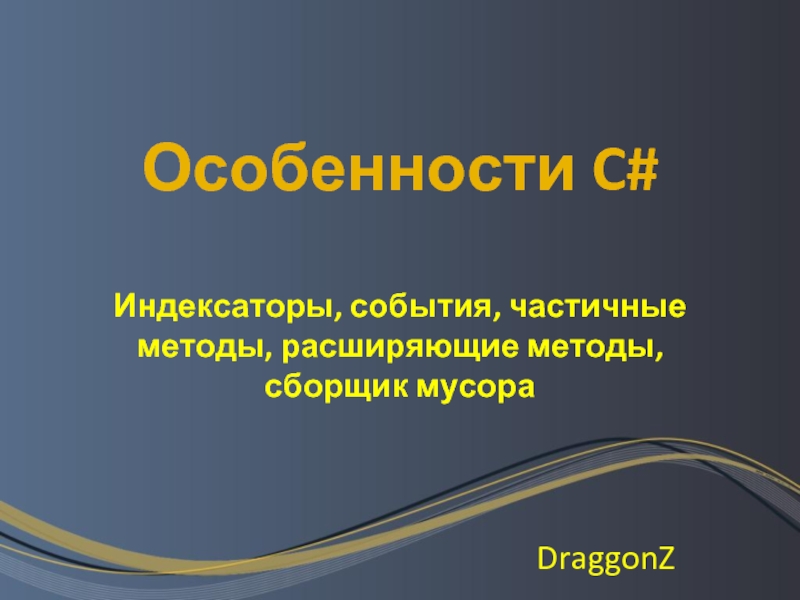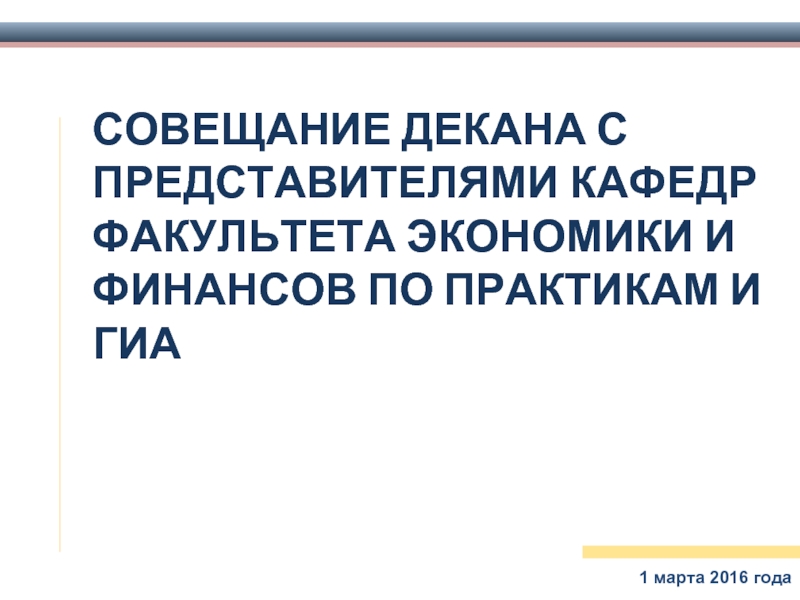- Главная
- Разное
- Дизайн
- Бизнес и предпринимательство
- Аналитика
- Образование
- Развлечения
- Красота и здоровье
- Финансы
- Государство
- Путешествия
- Спорт
- Недвижимость
- Армия
- Графика
- Культурология
- Еда и кулинария
- Лингвистика
- Английский язык
- Астрономия
- Алгебра
- Биология
- География
- Детские презентации
- Информатика
- История
- Литература
- Маркетинг
- Математика
- Медицина
- Менеджмент
- Музыка
- МХК
- Немецкий язык
- ОБЖ
- Обществознание
- Окружающий мир
- Педагогика
- Русский язык
- Технология
- Физика
- Философия
- Химия
- Шаблоны, картинки для презентаций
- Экология
- Экономика
- Юриспруденция
The surprising adventures of the mechanical curator презентация
Содержание
- 2. Surprising? It was an experiment, after all...
- 3. Ah, I’ve not said what ‘it’ is,
- 4. [Insert clichéd time-travel effects here]
- 5. British Library Labs funded by the Andrew
- 6. Experimenting for the sake of the researcher:
- 7. Digital Research Team The Digital Research Team
- 8. Engaging with researchers Informally (typically through direct
- 9. Engaging with researchers Formally (through our yearly
- 10. They win our time and effort (and
- 12. 2013 Competition winners http://labs.bl.uk/Ideas+for+Labs Pieter Francois
- 13. 2013 Competition winners http://labs.bl.uk/Ideas+for+Labs Dan Norton
- 14. The unifying theme to (pretty much) all the requests:
- 15. The unifying theme to (pretty much) all the requests: Give us EVERYTHING!
- 16. Fetch!
- 17. The *other* unifying themes to the requests:
- 18. So, a challenge was born… If a
- 19. How has the depiction of faces changed
- 21. Success? Not really. Likelyhood of detection: Female faces > Male
- 22. 19C depictions of faces Likelyhood of detection:
- 23. There was something else though... People on
- 26. Accessible? In theory, the books were accessible.
- 27. As this is all in the public
- 31. Creative Uses David Normal installation at
- 34. Research and Technology Mario Klingemann Pattern Recognition
- 35. Crowdsourcing & Apps Metadata Games Wikipedia Synoptic Index
- 36. Tutorials Using Photoshop to Up-res images Converting images to vector graphics
- 37. Collaborations with Colleagues Inspired by Flickr, a
- 38. Education Images included in Wikipedia Articles University
- 39. Impact: Hard to measure! Are image
- 40. What’s next? Accessible is great, but can
- 41. Microsoft Azure 4 Research award This was
- 42. The ‘British Library Big Data Experiment’ http://britishlibrary.typepad.co.uk/digital-scholarship/2014/06/the-british-library-big-data-experiment.html
- 43. “Playing with assurance” Using concepts from party
- 44. [Tangent warning] Scott Nicholson’s RECIPE
- 45. In summary Mechanical Curator is still tweeting,
- 46. Now for one, final experiment…
- 47. Thank you! Questions?
- 48. Thank you for your time (Autographs by reception, £10 each)
- 49. [drops microphone] [audience goes wild]
- 50. [this slide intentionally left blank]
- 51. Maybe just ending it with the useful details?
- 52. Contact: ben.osteen@bl.uk @benosteen Links: http://labs.bl.uk http://mechanicalcurator.tumblr.com http://flickr.com/photos/britishlibrary http://britishlibrary.typepad.co.uk/digital-scholarship/2013/12/a-million-first-steps.html
- 53. Image credits: Title image:
Слайд 5British Library Labs
funded by the Andrew K. Mellon foundation (2013 -
…)
⇒ Mahendra Mahey and Ben O’Steen
⇒ Mahendra Mahey and Ben O’Steen
Слайд 6Experimenting for the sake of the researcher:
British Library Labs - http://labs.bl.uk
(situated in the ‘Digital Scholarship’ dept.)
“Create, explore and foster new and innovative ways to work with the British Library’s existing digital content.”*
(*My paraphrasing)
“Create, explore and foster new and innovative ways to work with the British Library’s existing digital content.”*
(*My paraphrasing)
Слайд 7Digital Research Team
The Digital Research Team is a cross-disciplinary mix of
curators, librarians and programmers supporting the innovative use of our digital collections.
We explore how digital technologies are re/shaping research and how this informs how the library does its business.
We encourage and support colleagues & scholars of all disciplines to work innovatively with and across the library’s diverse digital content
We explore how digital technologies are re/shaping research and how this informs how the library does its business.
We encourage and support colleagues & scholars of all disciplines to work innovatively with and across the library’s diverse digital content
Слайд 8Engaging with researchers
Informally (typically through direct questions):
“Can I work with all
of the scanned books that might be about 19th century European travel?”
“I like ‘distant reading’. I don’t know what it is exactly, but it sounds useful. Does the library offer that?”
“I like ‘distant reading’. I don’t know what it is exactly, but it sounds useful. Does the library offer that?”
Слайд 9Engaging with researchers
Formally (through our yearly ‘competitions’)
Researchers submit a proposal, entries
are shortlisted and two ‘winners’ are picked.
Слайд 10They win our time and effort
(and travel expenses and, so I’ve
been told, some actual money at the end of it.)
Слайд 132013 Competition winners
http://labs.bl.uk/Ideas+for+Labs
Dan Norton - “Mixing the Library. Information Interaction
and the DJ”
Can a researcher record a session drawing from digital objects, in the same way a DJ does with music tracks?
Can a researcher record a session drawing from digital objects, in the same way a DJ does with music tracks?
Слайд 17The *other* unifying themes to the requests:
“I need tools to help
me interpret the vast amount of content you hold. You don’t provide any but make it impossible for others to do so.”
“I want to work on broad sweeps of content, rather than book-by-book.”
“API? what’s that? I don’t care. Just give me the files.”
“I want to work on broad sweeps of content, rather than book-by-book.”
“API? what’s that? I don’t care. Just give me the files.”
Слайд 18So, a challenge was born…
If a researcher was given direct file
access to a large amount of data, can it be useful?
One way to try it out, was to ‘eat our own dogfood’
One way to try it out, was to ‘eat our own dogfood’
Слайд 19How has the depiction of faces changed in books over the
19th Century?
aka how well does modern photographic face detection routines work on 19th C illustrations?
Слайд 2219C depictions of faces
Likelyhood of detection:
Female faces > Male
Any common
differences?
Often drawn more symmetrically - male faces were more likely to be exaggerated.
Depiction is typically 'clean' and posed
Fashion: beards, spectacles and hats - different to the modern training data
Often drawn more symmetrically - male faces were more likely to be exaggerated.
Depiction is typically 'clean' and posed
Fashion: beards, spectacles and hats - different to the modern training data
Слайд 23There was something else though...
People on their way past would occasionally
pause and look over my shoulder.
Every day it dug up illustrations that surprised me and the team around me.
So… I wonder if anyone else might be surprised and intrigued by them too?
http://mechanicalcurator.tumblr.com/archive
Every day it dug up illustrations that surprised me and the team around me.
So… I wonder if anyone else might be surprised and intrigued by them too?
http://mechanicalcurator.tumblr.com/archive
Слайд 26Accessible?
In theory, the books were accessible.
In practice, it was a real
challenge to find anything viewable.
The chasm between digital and print:
http://samplegenerator.cloudapp.net
The chasm between digital and print:
http://samplegenerator.cloudapp.net
Слайд 27As this is all in the public domain anyway...
What’s the harm
in making it a bit more accessible?
The Mechanical Curator twitter account has only got a handful of people following it after all. Maybe there isn’t much appetite for it?
The Mechanical Curator twitter account has only got a handful of people following it after all. Maybe there isn’t much appetite for it?
Слайд 31
Creative Uses
David Normal installation at Burning Man Festival
“Moments” by Joe Bell
Colouring-in Pages for Children
Слайд 34Research and Technology
Mario Klingemann Pattern Recognition Software
Collaborative PhD ‘A History of
the Printed Image 1750-1850: Applying Data Science Techniques to Printed Book Illustration’
TSB Digitial Innovation Contest New tech for tracking Public Domain in the Wild
TSB Digitial Innovation Contest New tech for tracking Public Domain in the Wild
Слайд 37Collaborations with Colleagues
Inspired by Flickr, a Sound Archive series
Maps will
be fed into the next phase of the Georeferencer
Слайд 38Education
Images included in Wikipedia Articles
University of Minnesota English Literature Course Exercise
on Tagging
Art Therapy Courses
Art Therapy Courses
Слайд 39Impact:
Hard to measure!
Are image view stats really a good measure? (163
million views as of 10/06/2014)
How about getting every image viewed once? (done by 5/3/2014) at least 5 times? (only a few hundred left 12/06/2014!)
How about getting every image viewed once? (done by 5/3/2014) at least 5 times? (only a few hundred left 12/06/2014!)
Слайд 40What’s next?
Accessible is great, but can we make our data more
useful?
Not just images, but any of our researchable digital content?
Not just images, but any of our researchable digital content?
Слайд 41Microsoft Azure 4 Research award
This was awarded to British Library Labs
at the end of last year. Equivalent to $40,000 for a years use!
This gave us capacity and storage for our “unplanned” experiments.
Microsoft (and UCL) are joining in on a new experiment...
This gave us capacity and storage for our “unplanned” experiments.
Microsoft (and UCL) are joining in on a new experiment...
Слайд 42The ‘British Library Big Data Experiment’
http://britishlibrary.typepad.co.uk/digital-scholarship/2014/06/the-british-library-big-data-experiment.html
“What can a group of
UCL Big Data CS students do when given access to cloud computing, all of the book data and a focus group of digital humanists?”
Слайд 43“Playing with assurance”
Using concepts from party games like “Wits and Wagers”
to validate and assure incoming tags.
Слайд 45In summary
Mechanical Curator is still tweeting, and Flickr is still standing.
We
are experimenting with broader and more direct access to our digital holdings.
There is a demand for this content!
Take the content to where people go.
NB ‘where’ is entirely dependant on the current culture of search and research. Right now, it’s Google.
There is a demand for this content!
Take the content to where people go.
NB ‘where’ is entirely dependant on the current culture of search and research. Right now, it’s Google.
Слайд 52Contact:
ben.osteen@bl.uk
@benosteen
Links:
http://labs.bl.uk
http://mechanicalcurator.tumblr.com
http://flickr.com/photos/britishlibrary
http://britishlibrary.typepad.co.uk/digital-scholarship/2013/12/a-million-first-steps.html
Слайд 53Image credits:
Title image: from https://www.flickr.com/photos/britishlibrary/11160768745
"Image taken from page 97 of
'The Mineral Baths of Bath. The Bathes of Bathe's Ayde in the reign of Charles 2nd as illustrated by a drawing of the King's and Queen's Bath, signed 1675. Whereunto is annexed a Visit to Bath in the year 1675 by “A Person of Q" by The British Library (More from this book here: https://www.flickr.com/search/?tags=sysnum000878624)
Slide 10 - Title: The costume of Yorkshire, Illustrator: "Walker, George; Havell, R & D (George Walker; R and D Havell)" Provenance: London, 1814 Caption: Rape threshing https://www.flickr.com/photos/britishlibrary/12459323374
Slide 11 - Image taken from page 3 of 'Worthy Workers. A monthly magazine for all, etc. [Edited and partly written by Sarah Sutton.] no. 1. March 1886' https://www.flickr.com/photos/britishlibrary/11287891873
Slide 16 - Image taken from page 467 of '[The History of New South Wales, including Botany Bay, Port Jackson, Pamaratta [sic], Sydney, and all its dependancies ... with the customs and manners of the natives, and an account of the English colony, from its foundation https://www.flickr.com/photos/britishlibrary/11001417405
Slide 20 - Image from http://britishlibrary.typepad.co.uk/digital-scholarship/2013/10/peeking-behind-the-curtain-of-the-mechanical-curator.html
Slide 10 - Title: The costume of Yorkshire, Illustrator: "Walker, George; Havell, R & D (George Walker; R and D Havell)" Provenance: London, 1814 Caption: Rape threshing https://www.flickr.com/photos/britishlibrary/12459323374
Slide 11 - Image taken from page 3 of 'Worthy Workers. A monthly magazine for all, etc. [Edited and partly written by Sarah Sutton.] no. 1. March 1886' https://www.flickr.com/photos/britishlibrary/11287891873
Slide 16 - Image taken from page 467 of '[The History of New South Wales, including Botany Bay, Port Jackson, Pamaratta [sic], Sydney, and all its dependancies ... with the customs and manners of the natives, and an account of the English colony, from its foundation https://www.flickr.com/photos/britishlibrary/11001417405
Slide 20 - Image from http://britishlibrary.typepad.co.uk/digital-scholarship/2013/10/peeking-behind-the-curtain-of-the-mechanical-curator.html
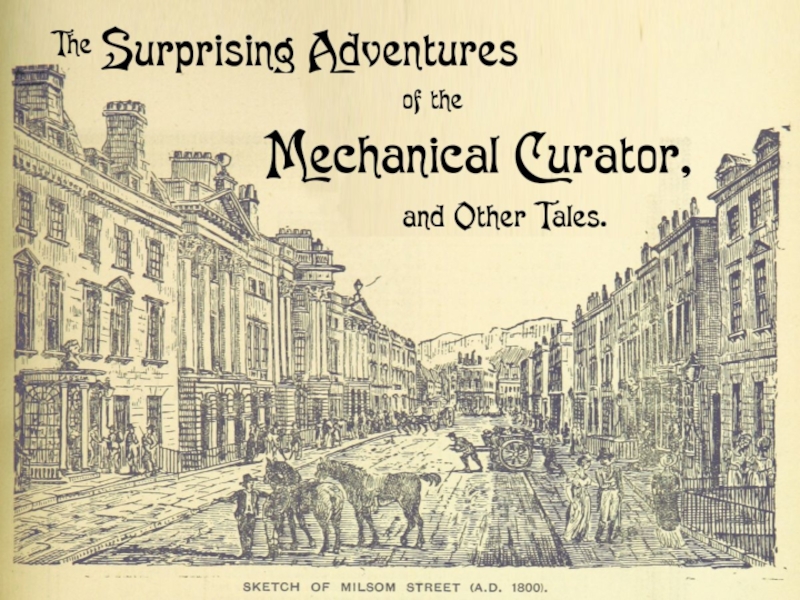
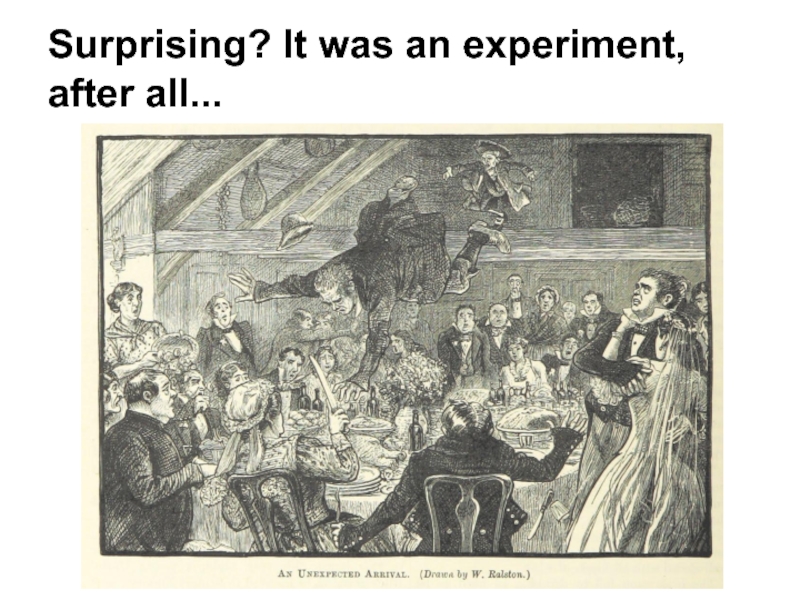
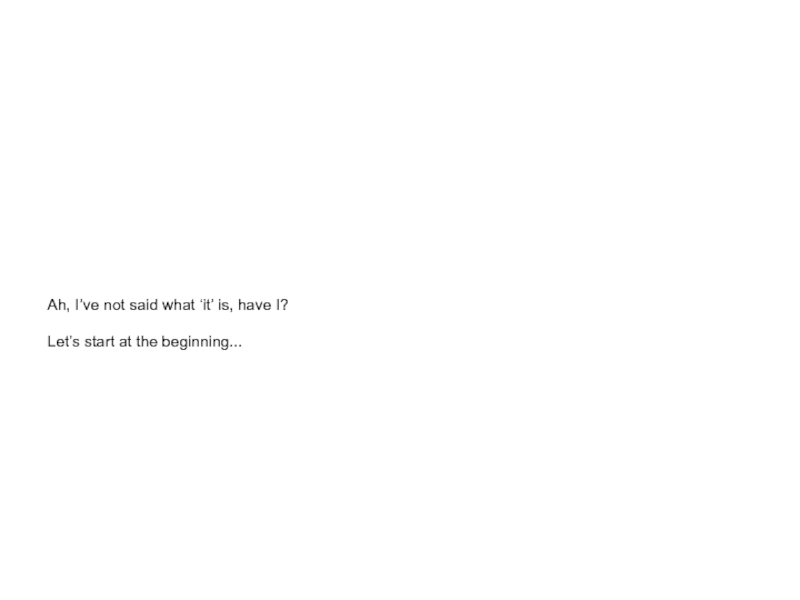
![[Insert clichéd time-travel effects here]](/img/tmb/3/285590/f27d3339e38a6428c3a85fe9c3d30729-800x.jpg)
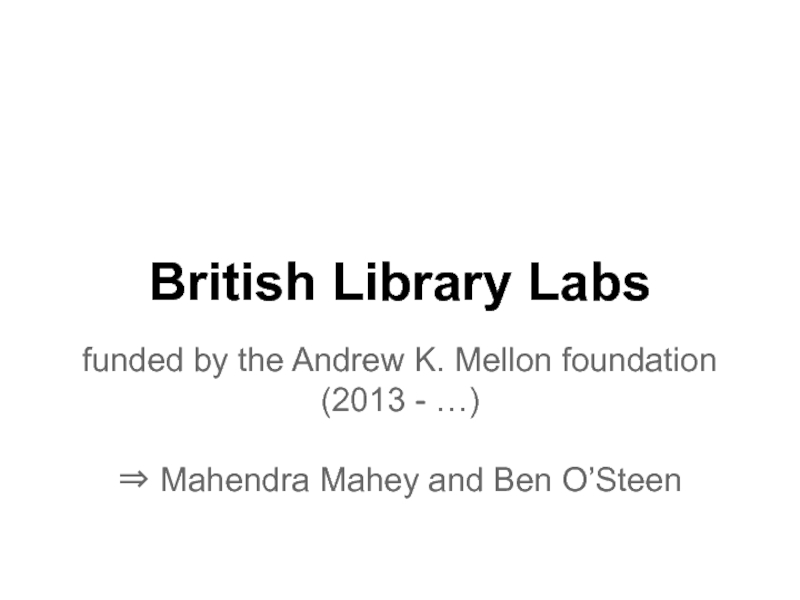
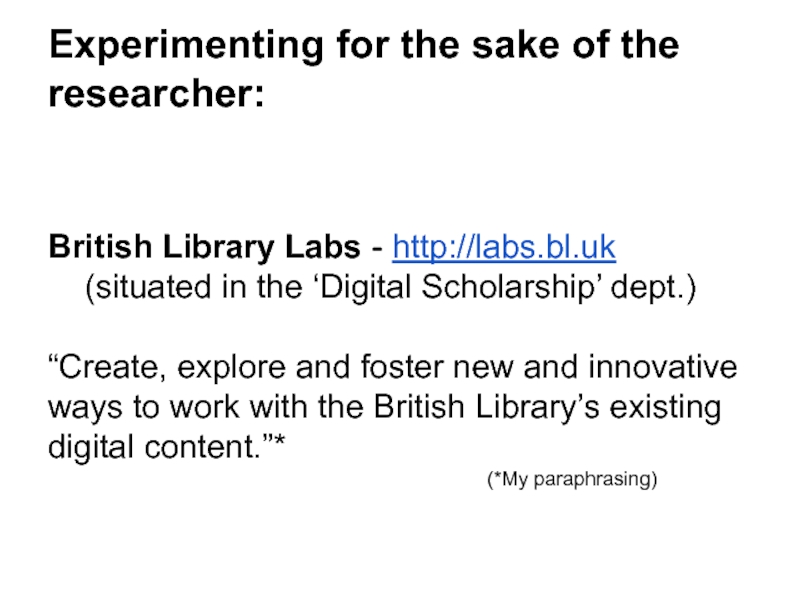
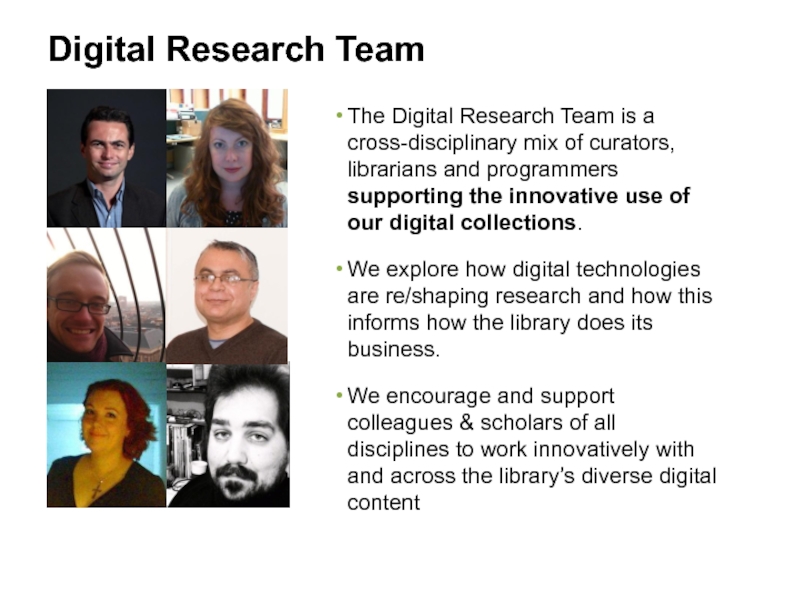
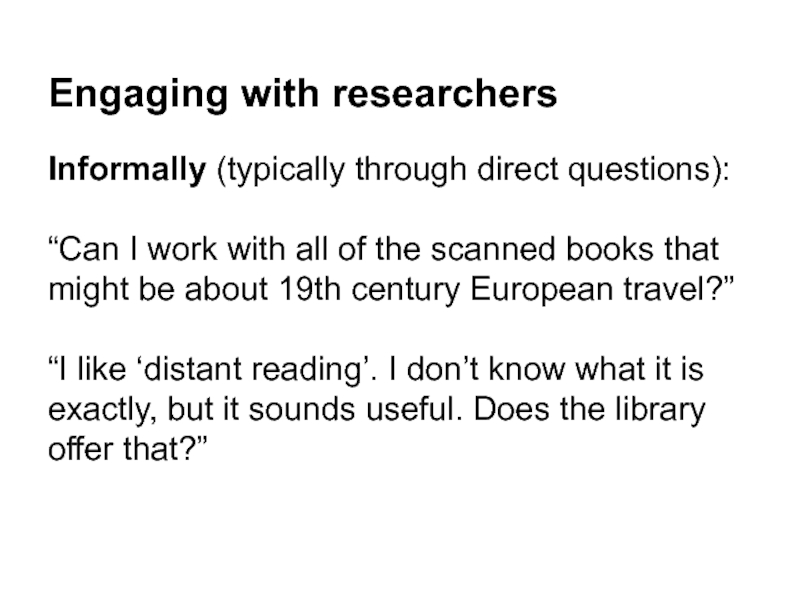
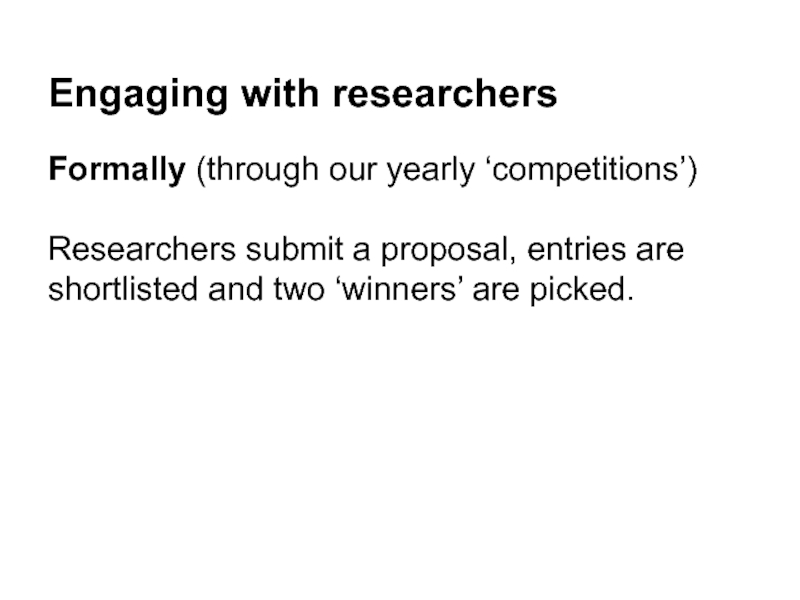
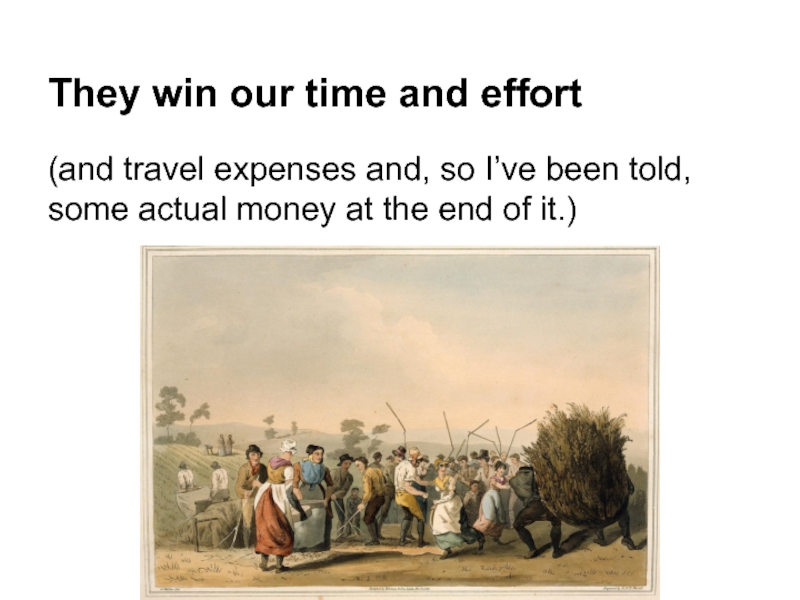
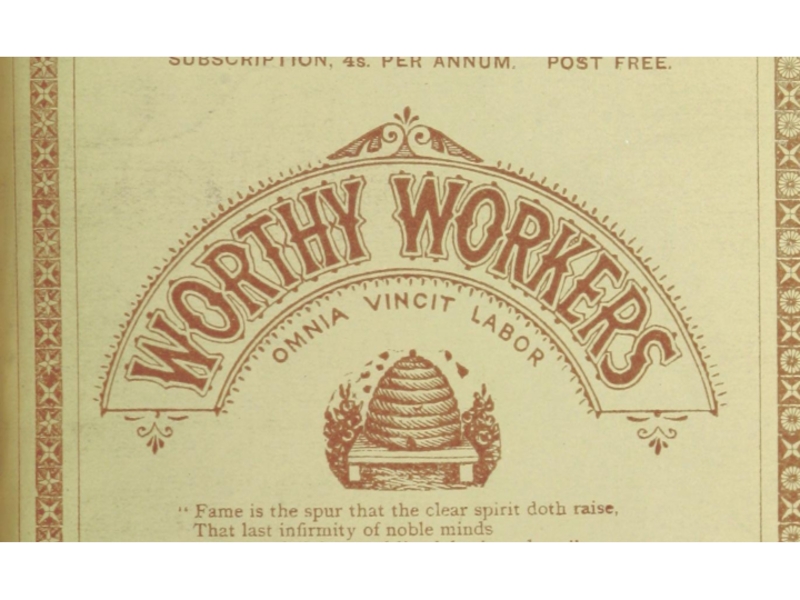
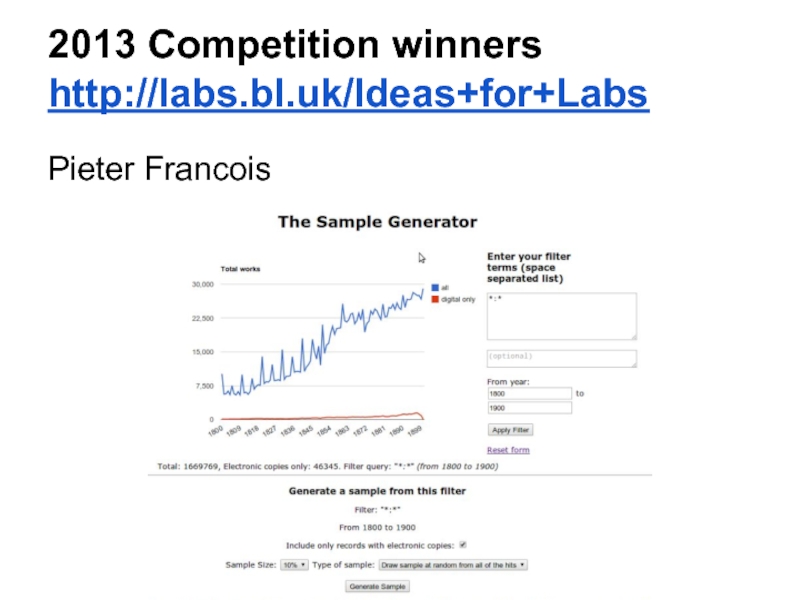
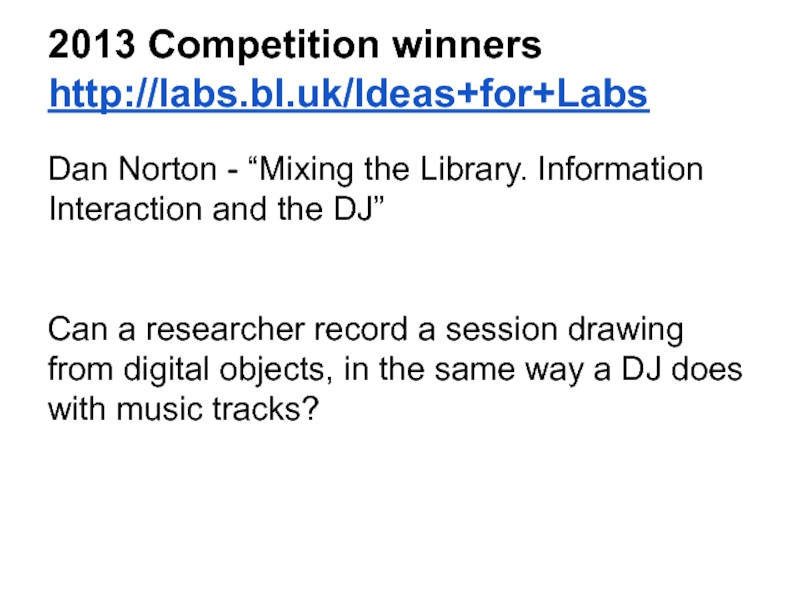
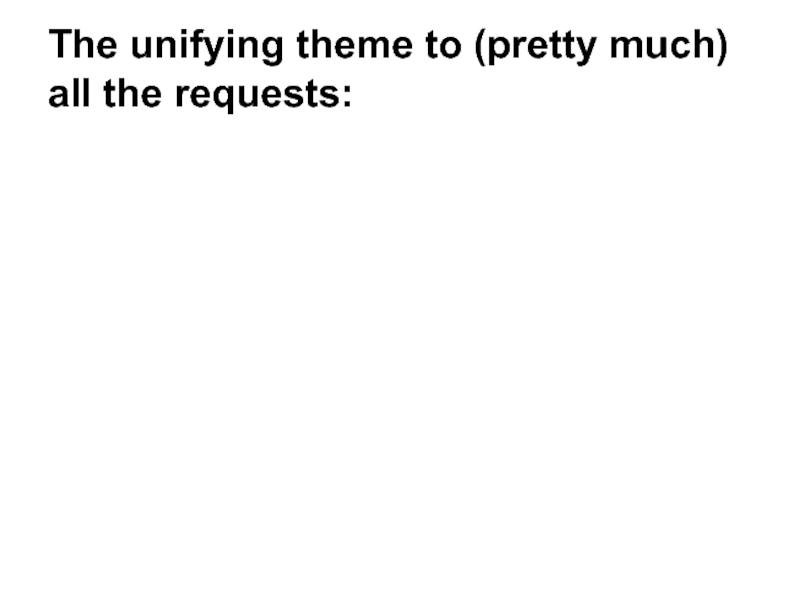
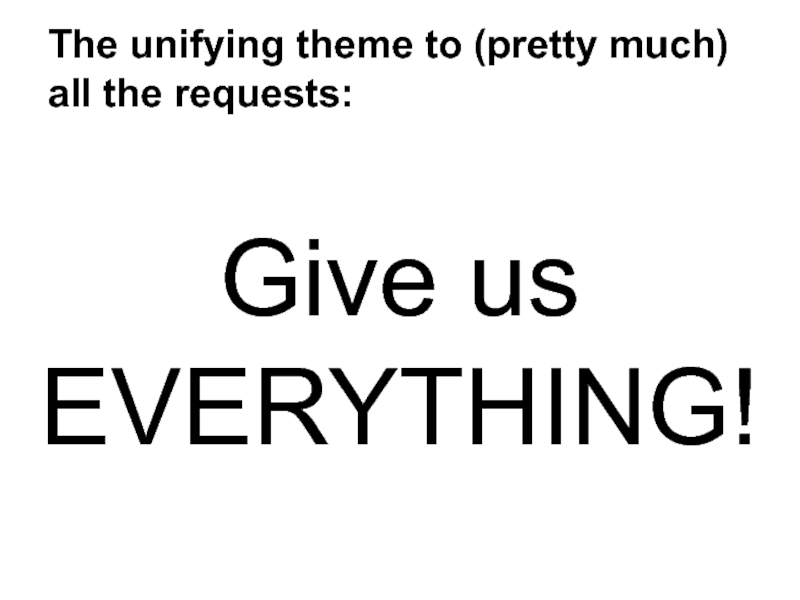
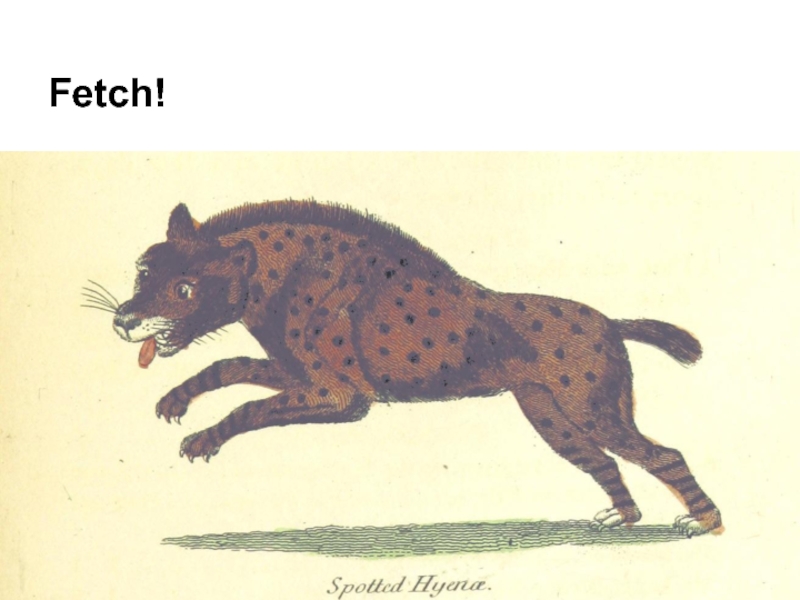
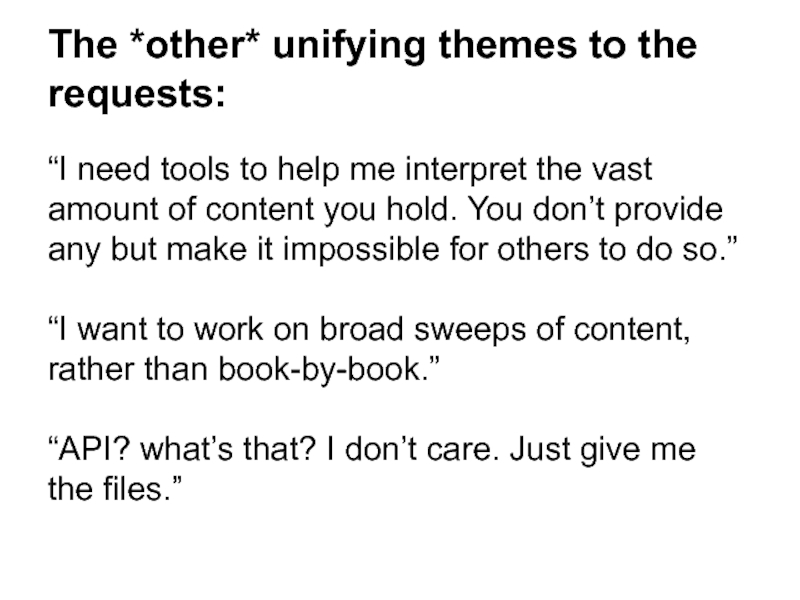
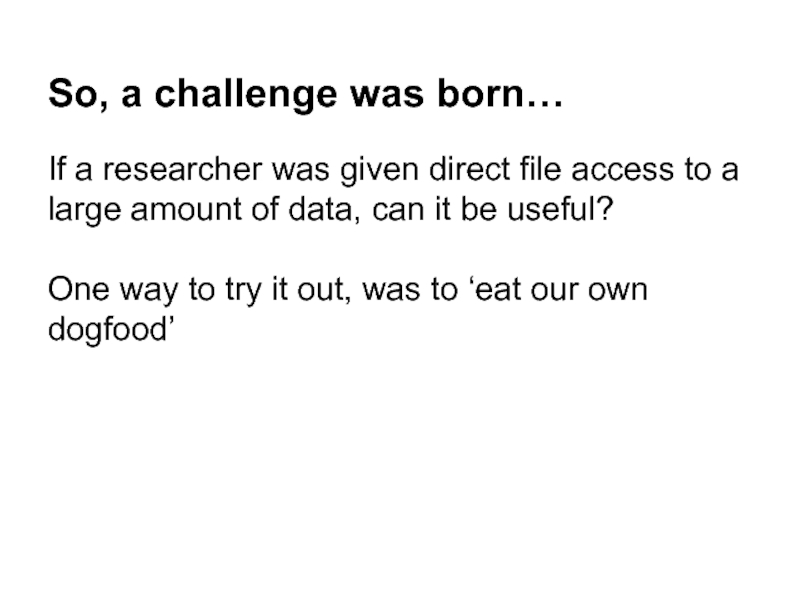
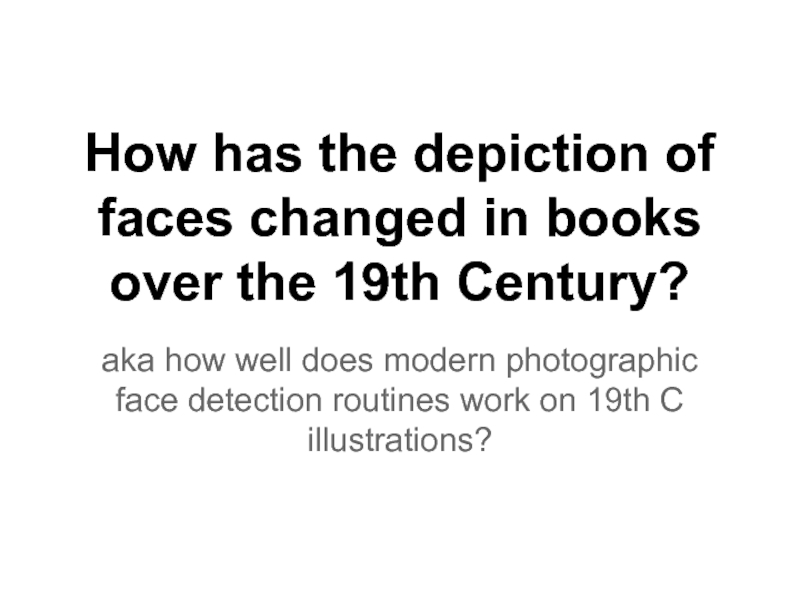

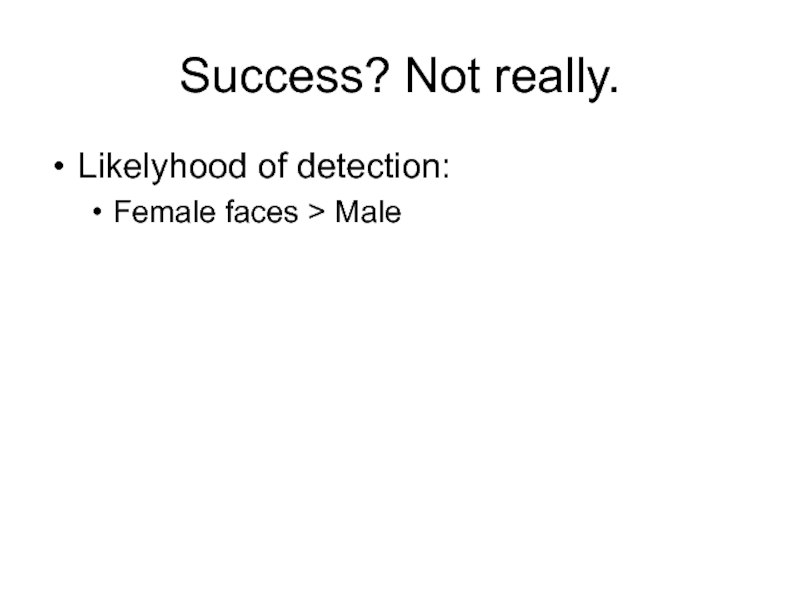
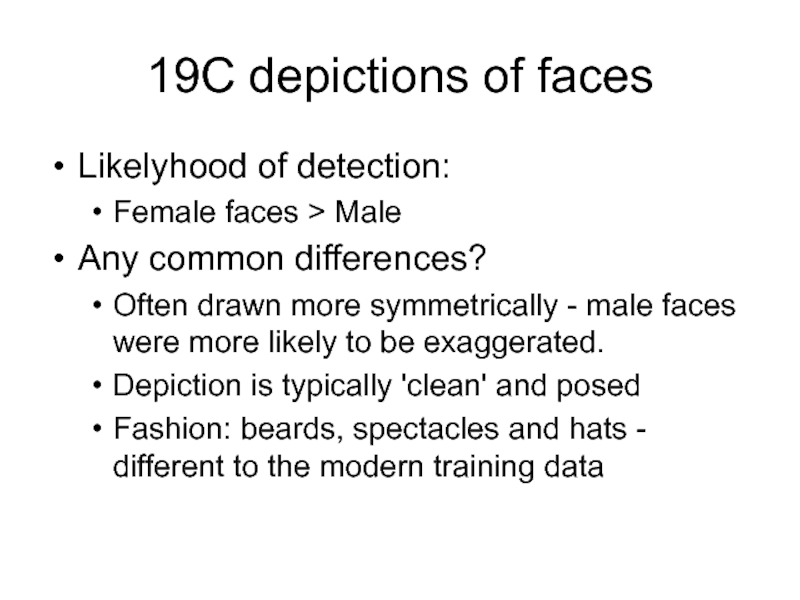
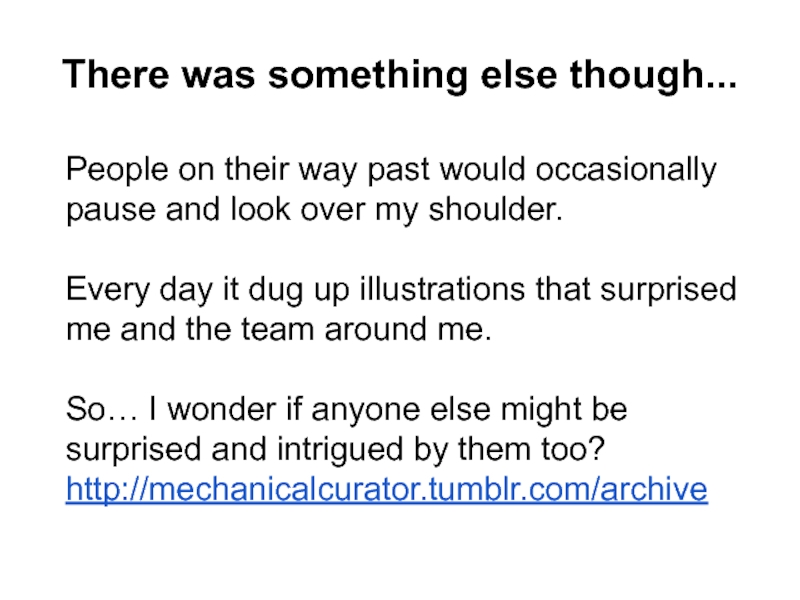
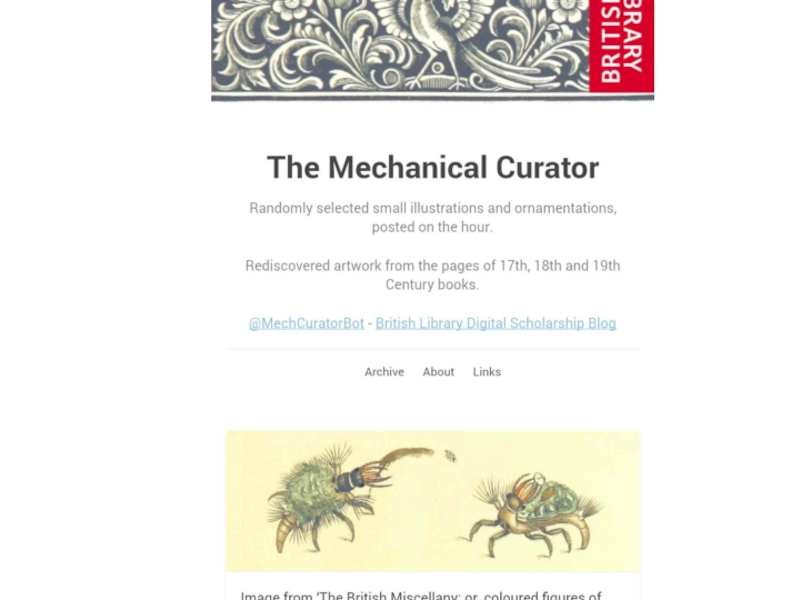
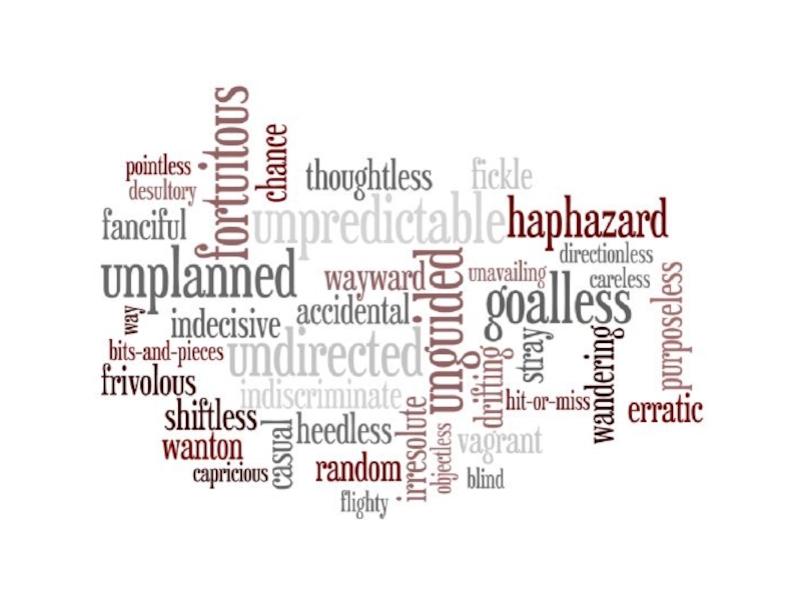
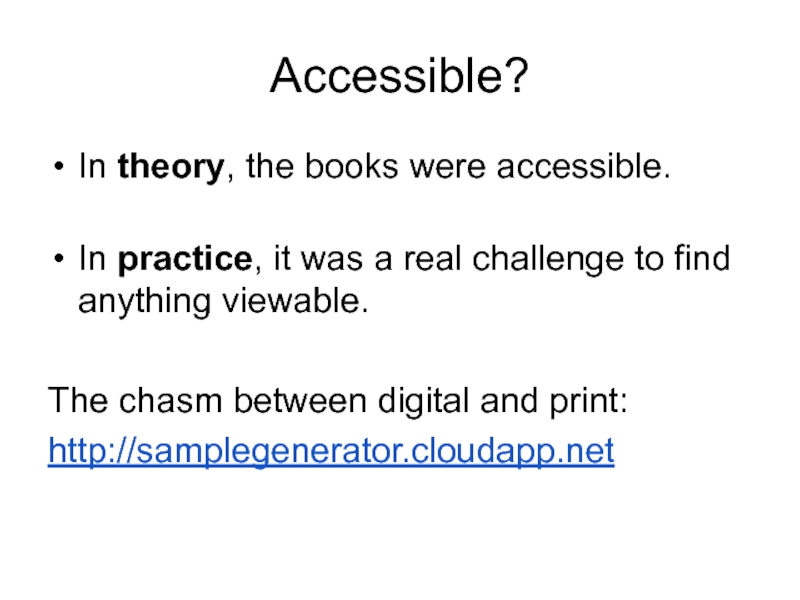
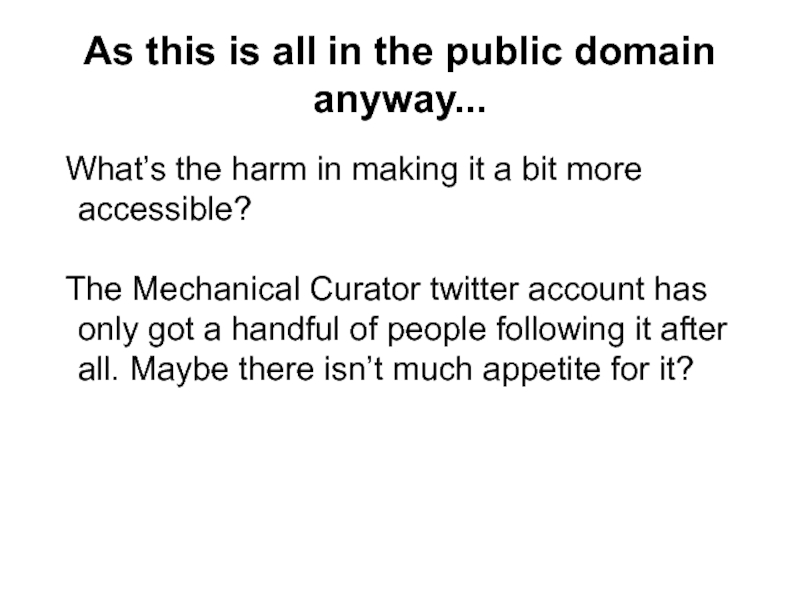
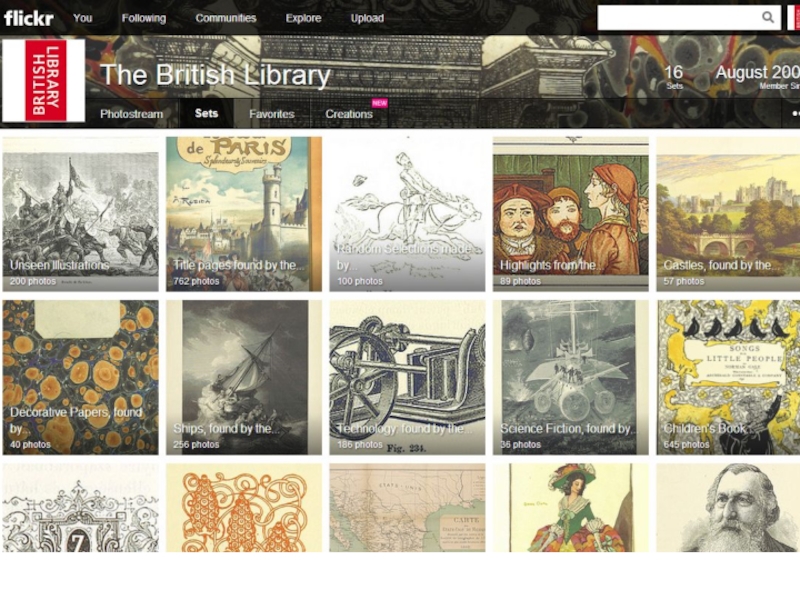
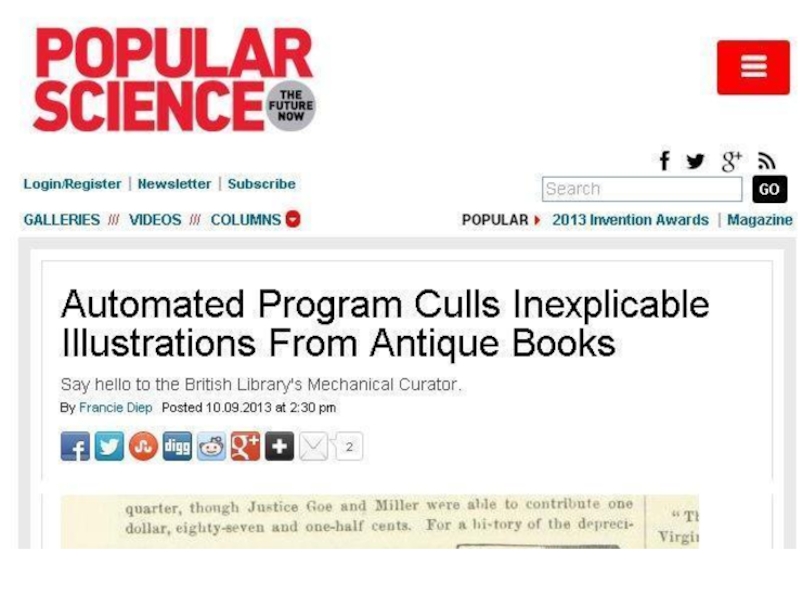
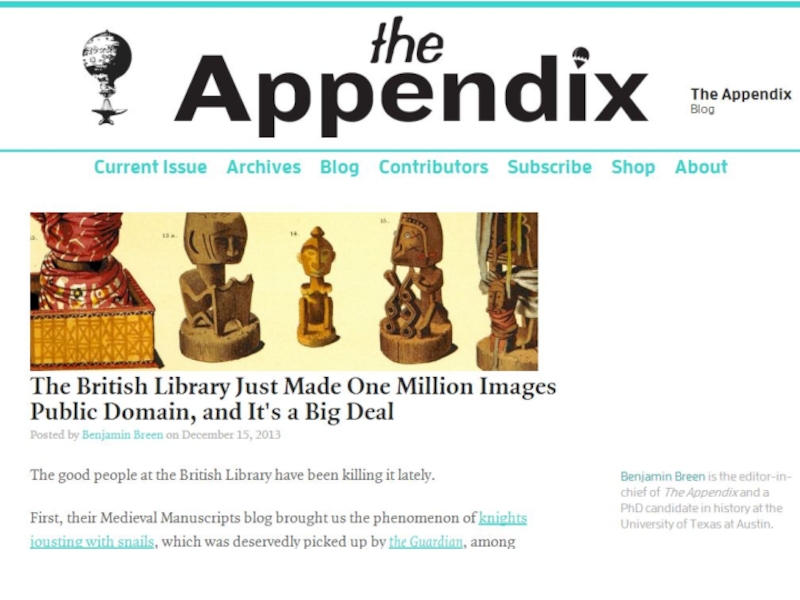
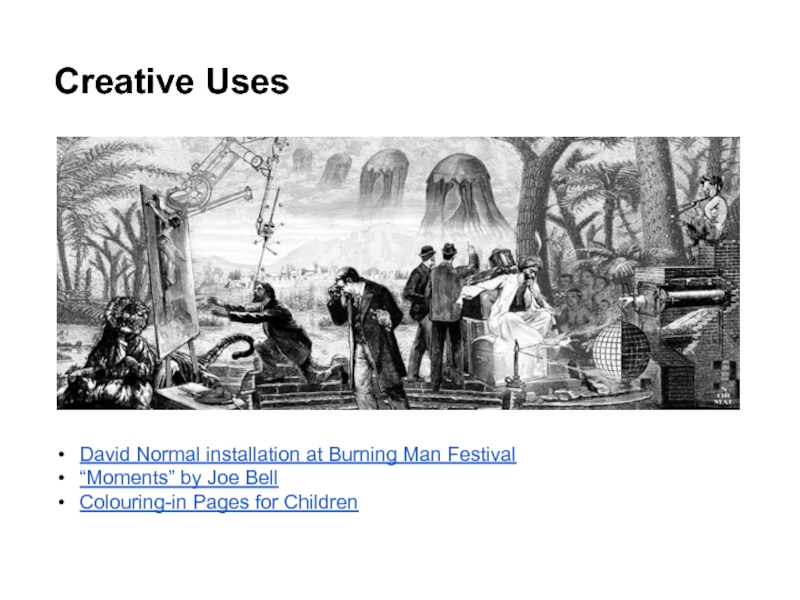
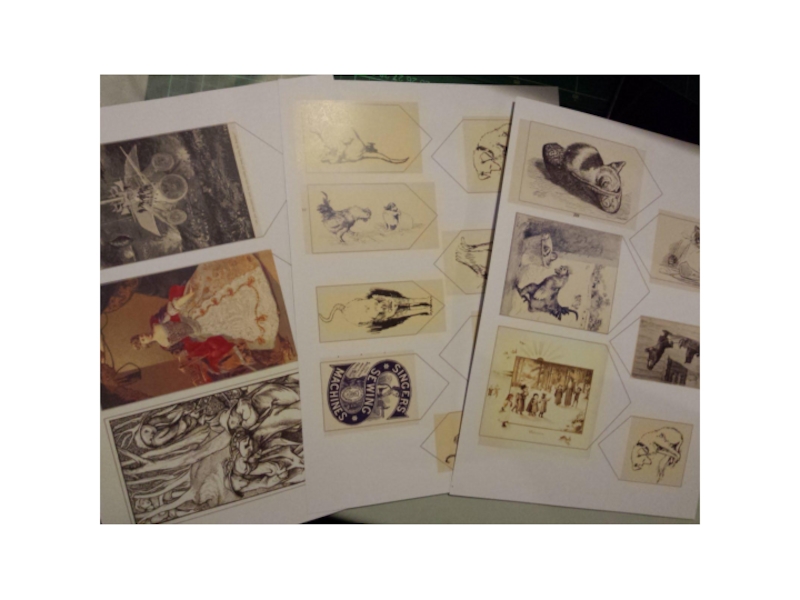
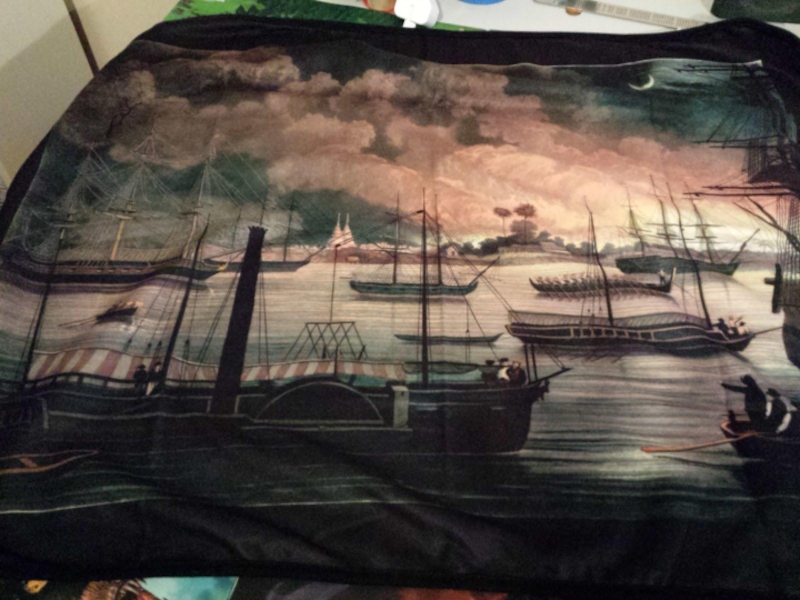
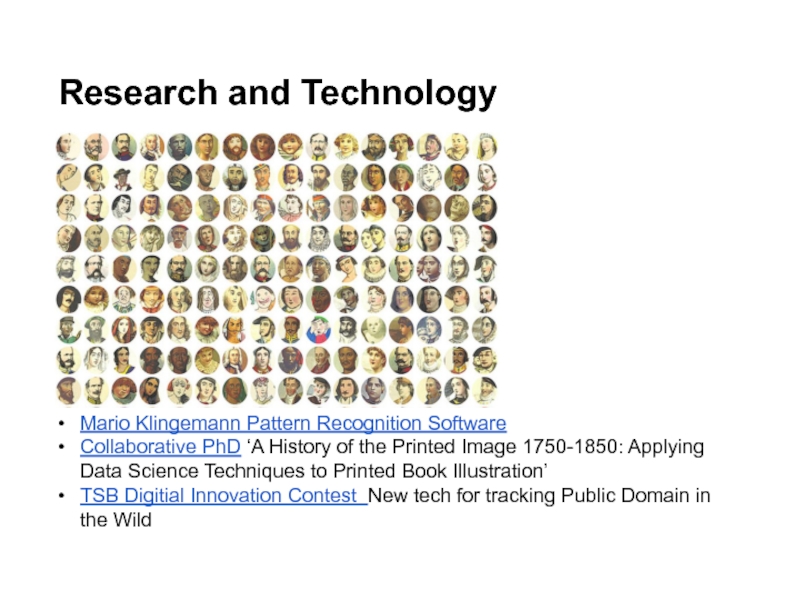
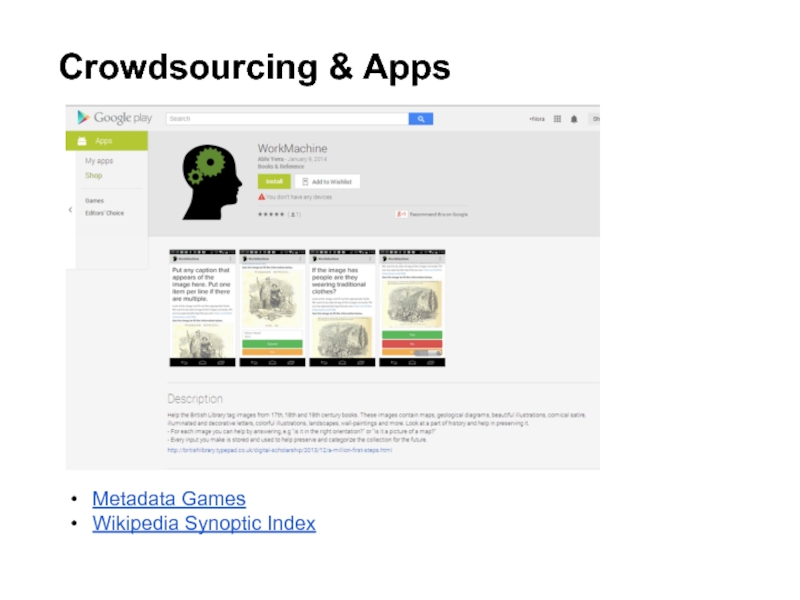
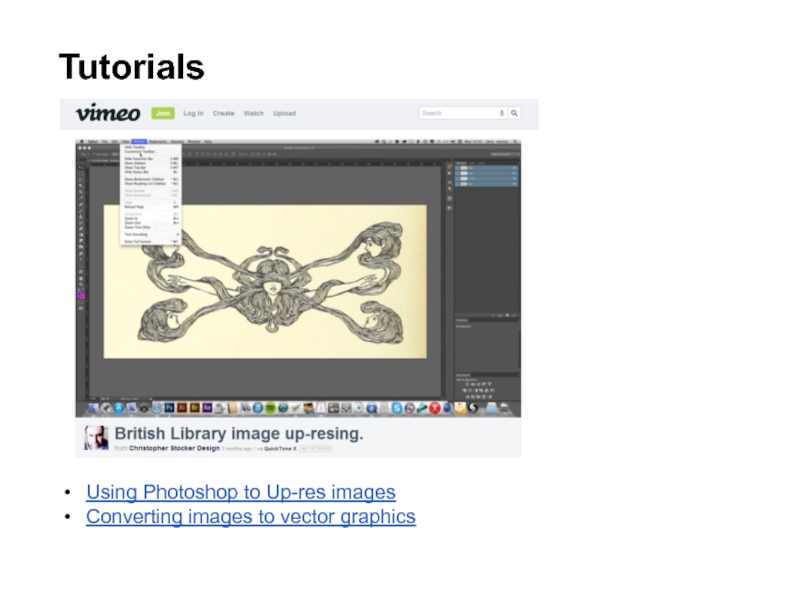
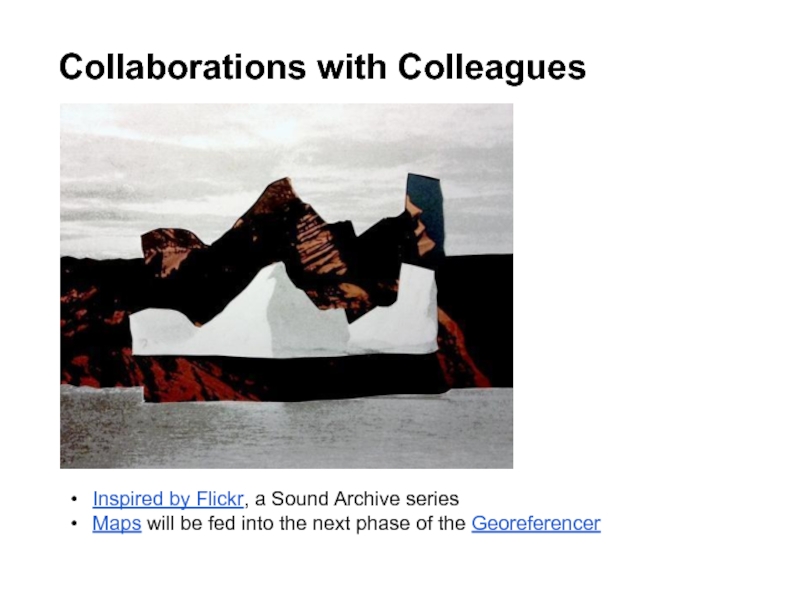
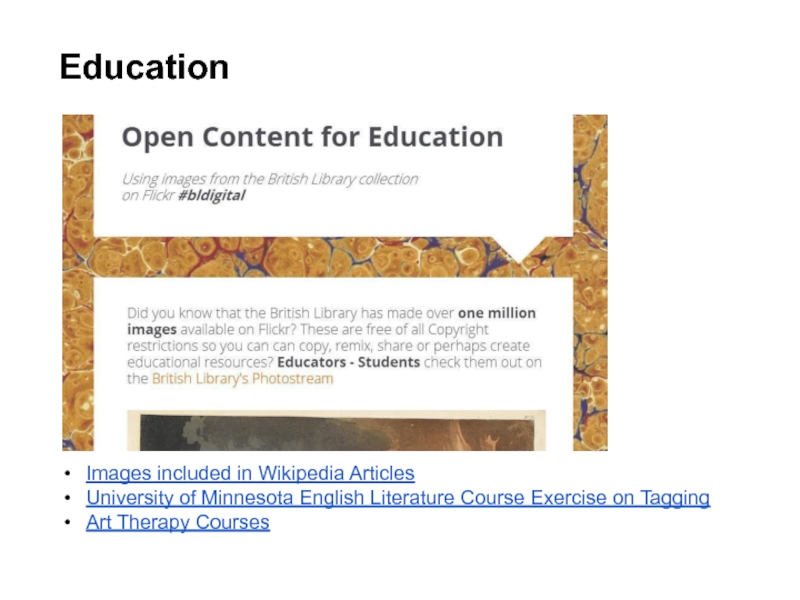
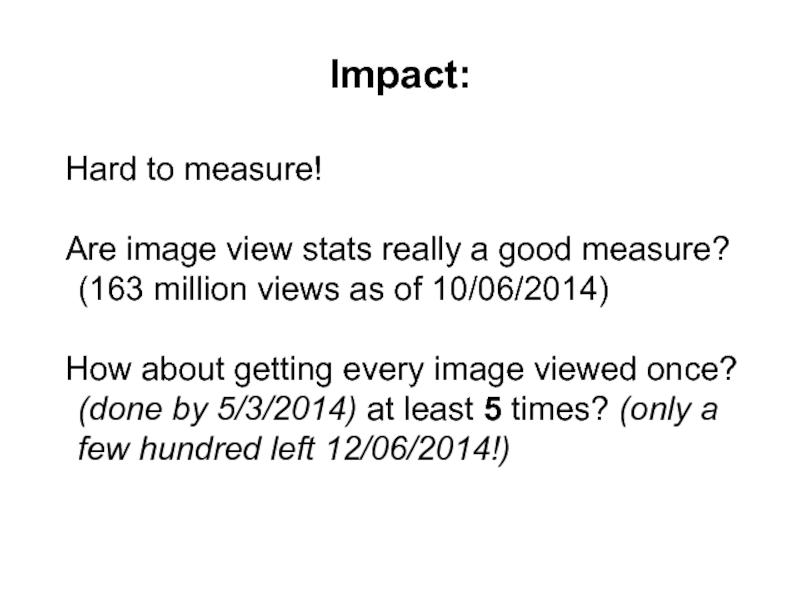
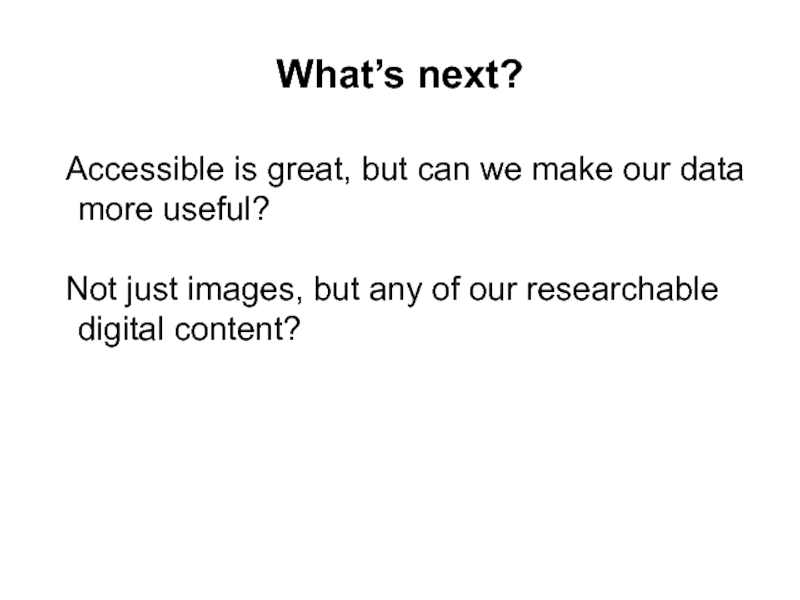
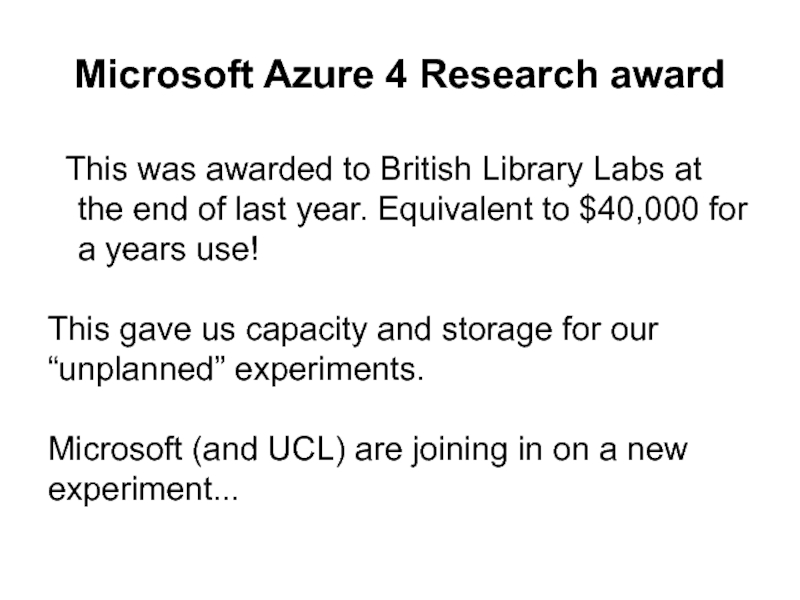
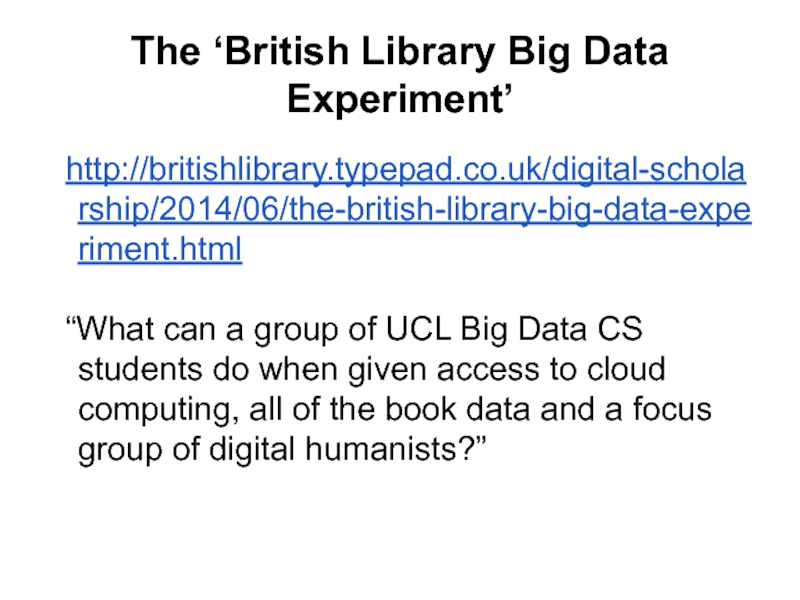
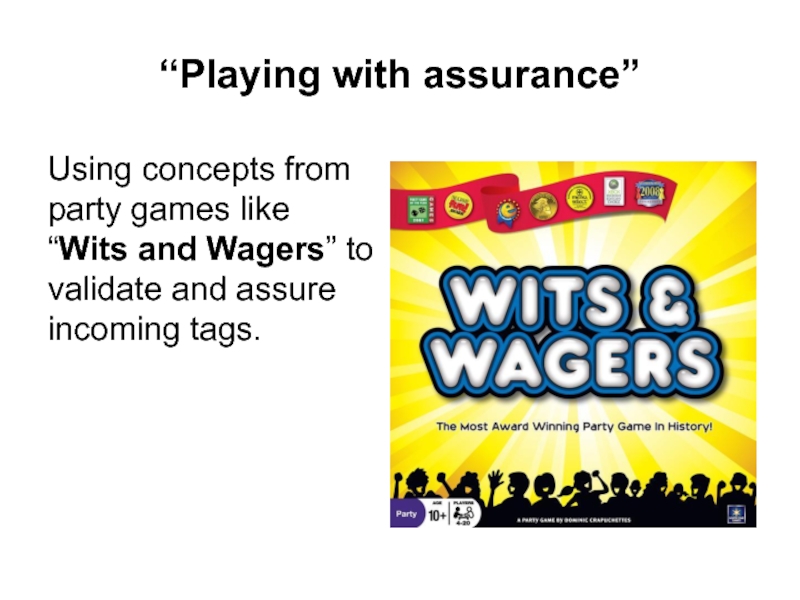
![[Tangent warning]Scott Nicholson’s RECIPE](/img/tmb/3/285590/a2799bbb9fdec92d3ad7e096cc3d6046-800x.jpg)
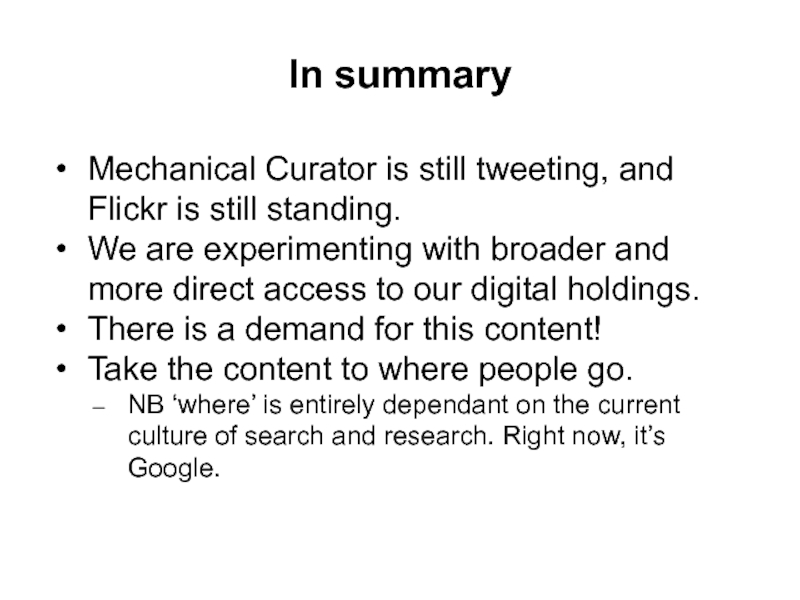
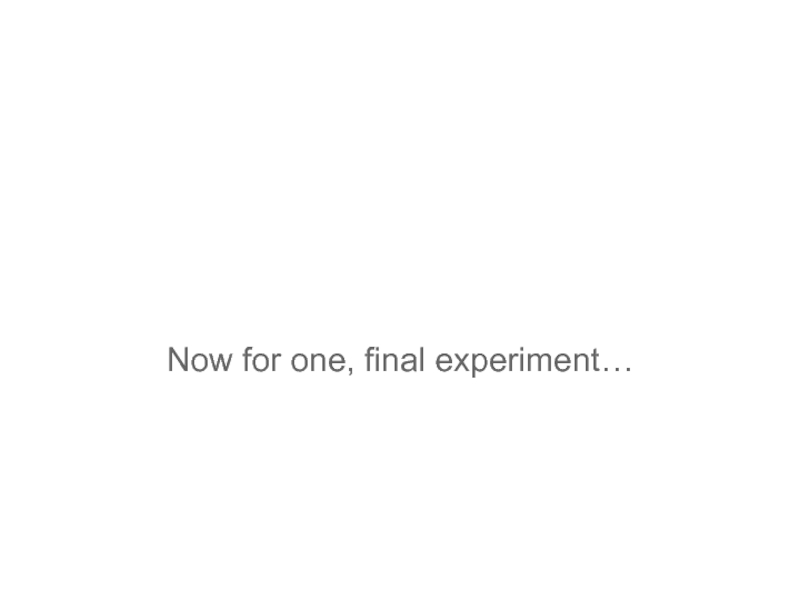
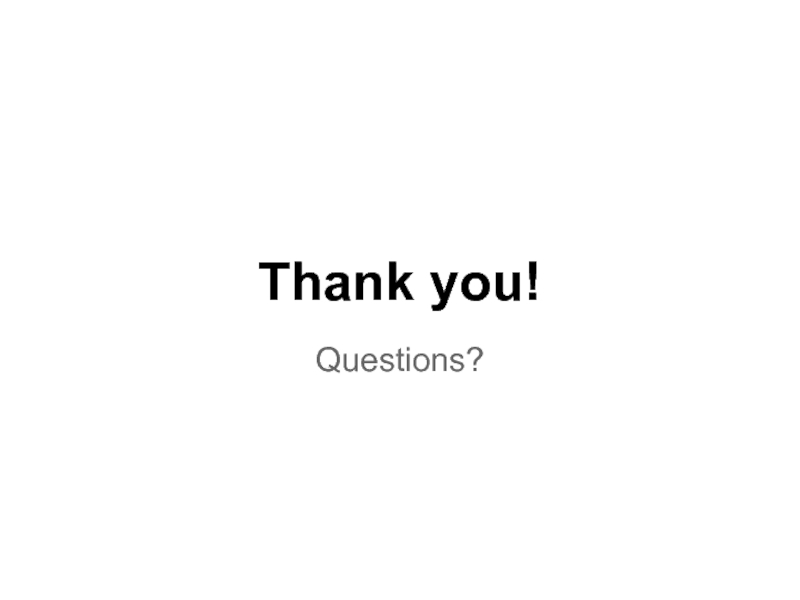
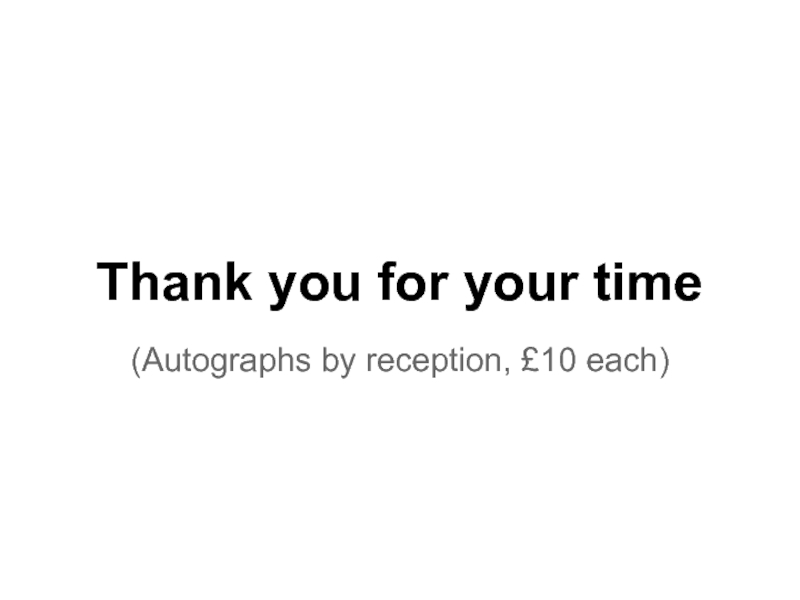
![[drops microphone][audience goes wild]](/img/tmb/3/285590/e970ccef5b8a468aa8b8c14374a4552f-800x.jpg)
![[this slide intentionally left blank]](/img/tmb/3/285590/ca48606475868ea9107ab8a8eb3c680b-800x.jpg)
